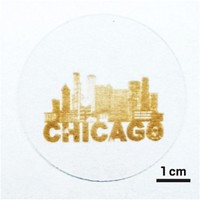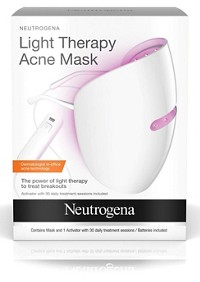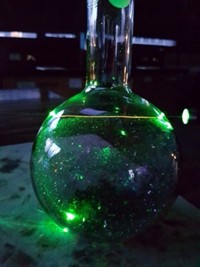Advertisement
Grab your lab coat. Let's get started
Welcome!
Welcome!
Create an account below to get 6 C&EN articles per month, receive newsletters and more - all free.
It seems this is your first time logging in online. Please enter the following information to continue.
As an ACS member you automatically get access to this site. All we need is few more details to create your reading experience.
Not you? Sign in with a different account.
Not you? Sign in with a different account.
ERROR 1
ERROR 1
ERROR 2
ERROR 2
ERROR 2
ERROR 2
ERROR 2
Password and Confirm password must match.
If you have an ACS member number, please enter it here so we can link this account to your membership. (optional)
ERROR 2
ACS values your privacy. By submitting your information, you are gaining access to C&EN and subscribing to our weekly newsletter. We use the information you provide to make your reading experience better, and we will never sell your data to third party members.
Environment
Enlightened About Blue And White Light
December 8, 2014
| A version of this story appeared in
Volume 92, Issue 49
The article describing the awarding of the Nobel Prize for the development of the blue light-emitting diodes suggests that white LED light is created from a combination of light from red, green, and blue LEDs (C&EN, Oct. 13, page 7).
The vast majority of white LEDs are based more simply on the use of a phosphor that generates yellow light from a portion of a blue LED emission. Changing the relative amounts of blue and yellow produces different correlated color temperatures—that is, warmer- or cooler-appearing lights.
Martin Bide
Kingston, R.I.
Regarding the well-deserved Physics Nobel for the blue LED created by the Nichia Chemical group, I can offer a personal story.
In the autumn of 1984, I decided to take a break from my graduate work at the University of Cincinnati chemistry department to research analytical methods for developing countries. Exiting the library after reading about LED-based spectrometry, I was excited to buttonhole the nearest person, who happened to be Thomas Ridgway, whose research focuses on chemical instrumentation and sensors. I had never met him before. Silent and apparently utterly disinterested, he quickly walked away when I stopped talking, leaving me feeling rather ridiculous.
So I was surprised when he came up to me a few weeks later and put in my hands a copy of Electronics Weekly reporting a blue light-emitting diode by Siemens using a silicon carbide (SiC) substrate. A few days later I happened to attend a talk by a young doctor, Rob McConnell, a National Institute for Occupational Safety & Health associate working on pesticide poisoning in Latin America, who was voicing frustration with methods of testing for pesticide exposure. Roger Messick, head of computer engineering, was a friend of Richard Day’s, my graduate adviser. Messick introduced me to his graduate student, Patrick Eberly, who was intrigued by the idea of building a field spectrophotometer for pesticide exposure using a generously donated Siemens blue LED.
Despite an output of only 2 millicandela, Eberly’s instrument was rugged and accurate. I asked a scientist at Siemens if the blue LEDs would get any cheaper ($60!) or brighter and was told, unfortunately, no and no, because they were rather useless. Luckily for us the Nichia Chemical group recognized the commercial potential for using a blue LED to make white light in combination with other colored LEDs.
Ralph Magnotti
San Diego
ACS 2013 IRS Form 990 Available
The American Chemical Society’s 2013 IRS Form 990 is now available on ACS’s website. To access the information, go to www.acs.org and follow these instructions: Click on “About Us,” and under the heading “About ACS,” click on “ACS Financial Information.” Go to the heading “ACS IRS Form 990,” and click on “2013 IRS Form 990.”
Please see also the related “Guide to Schedule J” for explanatory information regarding ACS Executive Compensation. If you have any access problems, contact webmaster@acs.org.





Join the conversation
Contact the reporter
Submit a Letter to the Editor for publication
Engage with us on Twitter